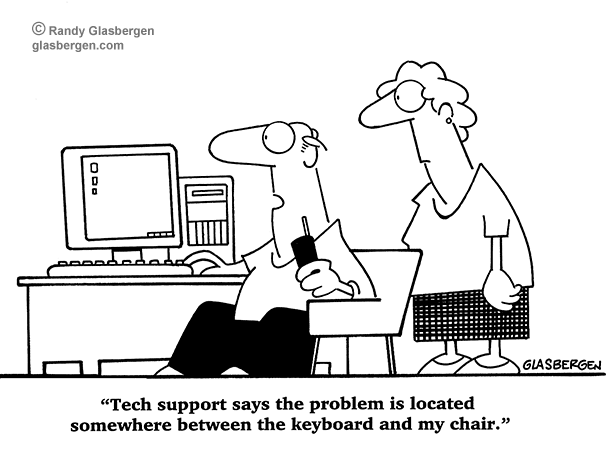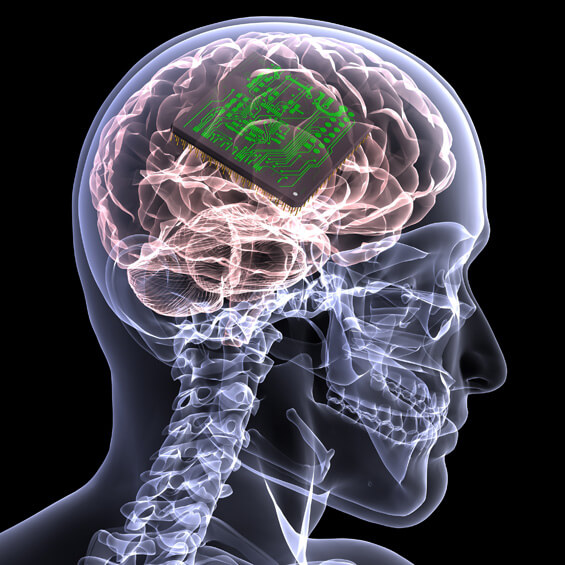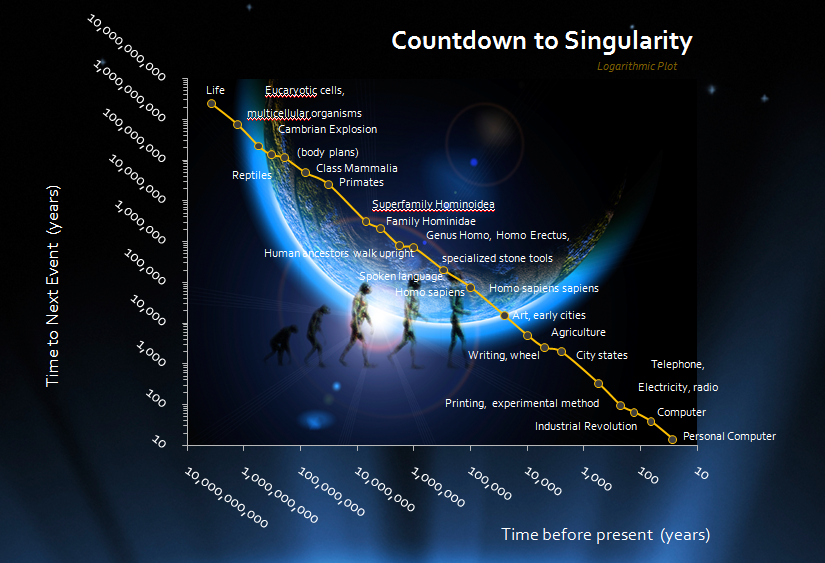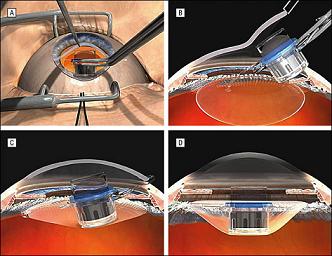The Future Is Smart Dust Smartdust - Wikipedia
Smartdust - Wikipediaen.
wikipedia.org/
wiki/
Smartdust
"
Smartdust is a system of many tiny
microelectromechanical systems (MEMS) such as sensors, robots, or other devices, that can detect, for example,
light,
temperature,
vibration,
magnetism, or
chemicals. They are usually operated on a
computer network wirelessly and are distributed over some area to perform tasks, usually sensing through
radio-frequency identification. Without an antenna of much greater size the range of tiny smart dust communication devices is measured in a few
millimeters and they may be vulnerable to electromagnetic disablement and destruction by microwave exposure."


2003 Chemists develop self-conscious dust.
http://readwrite.com...~orBh85wlfHd71d"
Source: Gartner August 2013
The 2013 Emerging Technologies Hype Cycle highlights technologies that support all six of these areas including:
1. Augmenting humans with technology
Technologies make it possible to augment human performance in physical, emotional and cognitive areas. The main benefit to enterprises in augmenting humans with technology is to create a more capable workforce. For example, consider if all employees had access to wearable technology that could answer any product or service question or pull up any enterprise data at will. The ability to improve productivity, sell better or serve customer better will increase significantly. Enterprises interested in these technologies should look to bioacoustic sensing, quantified self, 3D bioprinting, brain-computer interface, human augmentation, speech-to-speech translation, neurobusiness, wearable user interfaces, augmented reality and gesture control.
2. Machines replacing humans
There are clear opportunities for machines to replace humans: dangerous work, simpler yet expensive-to-perform tasks and repetitive tasks. The main benefit to having machines replace humans is improved productivity, less danger to humans and sometimes better quality work or responses. For example, a highly capable virtual customer service agent could field the many straightforward questions from customers and replace much of the customer service agents' "volume" work — with the most up-to-date information. Enterprises should look to some of these representative technologies for sources of innovation on how machines can take over human tasks: volumetric and holographic displays, autonomous vehicles, mobile robots and virtual assistants.
3. Humans and machines working alongside each other
Humans versus machines is not a binary decision, there are times when machines working alongside humans is a better choice. A new generation of robots is being built to work alongside humans. IBM's Watson does background research for doctors, just like a research assistant, to ensure they account for all the latest clinical, research and other information when making diagnoses or suggesting treatments. The main benefits of having machines working alongside humans are the ability to access the best of both worlds (that is, productivity and speed from machines, emotional intelligence and the ability to handle the unknown from humans). Technologies that represent and support this trend include autonomous vehicles, mobile robots, natural language question and answering, and virtual assistants.
The three trends that will change the workforce and the everyday lives of humans in the future are enabled by a set of technologies that help both machine and humans better understand each other. The following three areas are a necessary foundation for the synergistic relationships to evolve between humans and machines:
4. Machines better understanding humans and the environment
Machines and systems can only benefit from a better understanding of human context, humans and human emotion. This understanding leads to simple context-aware interactions, such as displaying an operational report for the location closest to the user; to better understanding customers, such as gauging consumer sentiment for a new product line by analyzing Facebook postings; to complex dialoguing with customers, such as virtual assistants using natural language question and answering to interact on customer inquiries. The technologies on this year's Hype Cycle that represent these capabilities include bioacoustic sensing, smart dust, quantified self, brain computer interface, affective computing, biochips, 3D scanners, natural-language question and answering (NLQA), content analytics, mobile health monitoring, gesture control, activity streams, biometric authentication methods, location intelligence and speech recognition.
5. Humans better understanding machines
As machines get smarter and start automating more human tasks, humans will need to trust the machines and feel safe. The technologies that make up the Internet of things will provide increased visibility into how machines are operating and the environmental situation they are operating in. For example, IBM's Watson provides "confidence" scores for the answers it provides to humans while Baxter shows a confused facial expression on its screen when it does not know what to do. MIT has also been working on Kismet, a robot that senses social cues from visual and auditory sensors, and responds with facial expressions that demonstrate understanding. These types of technology are very important in allowing humans and machines to work together. The 2013 Hype Cycle features Internet of Things, machine-to-machine communication services, mesh networks: sensor and activity streams.
6. Machines and humans becoming smarter"
RESURRECTION will be done by microroboics (any robots under 1/1000th of a meter. T hese include nanobots and Quantum Robots to engineer inside the quantum world)
)
































 This topic is locked
This topic is locked

















































































